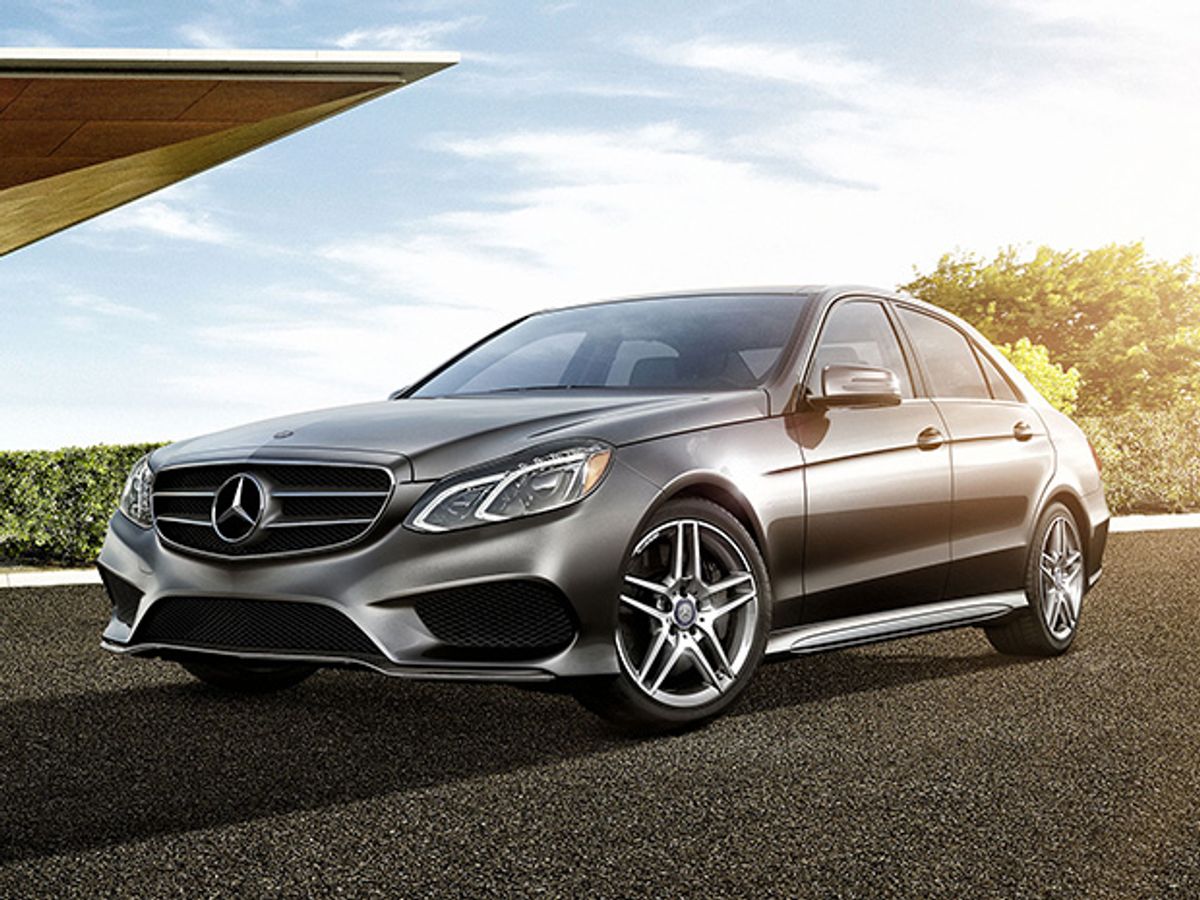New cars famously lose value as they roll out of the dealership, and they may start losing it even faster now that tech—a perishable attribute—takes up so much of the sticker price.
A case in point is the upcoming Mercedes-Benz E class, which will have rather more robotic pizzazz than today’s top-of-the-line S Class. That’s like saying that next year’s Chevrolet will have more of what you most value in a car than this year’s Cadillac.
“Innovations in this area are coming thick and fast,” Thomas Weber, Daimler’s head of development, told Bloomberg News. “While we don’t want to feed wrong expectations, such as sleeping in the car, autonomous driving is set to become a reality much more quickly than the public thinks.”
The E Class will be able to stick to its lane, drive itself through dark tunnels and make lane changes, all at speeds up to 130 kilometers per hour (80 mph)—faster than the S Class now can do. It will also take bends in the road, though sharp turns are out—for the moment. And if the driver swerves to miss an obstacle, the system will step in to fine-tune the swerve and pull the car out of it afterward.
All these steps are pushing legal boundaries, and Mercedes and other carmakers are doing their best to avoid going over them. The 2014 Mercedes S Class introduced the idea of having a buzzer sound when the driver’s hands are off the wheel too long; Tesla recently announced that drivers would have to trigger automatic lane-changing in the upcoming autopilot system.
How, though, can the industry heap on new technology without devaluing cars from the previous model year? The normal route is to introduce a novelty in a top-end car and then let it trickle down to less exalted models, but today’s fast-moving automation of cars doesn’t allow such studied slowness.
You might think the auto companies can do as the consumer software industry has done, building loaded packages for the high end and deliberately disabling bits and pieces of it to create “lite” packages for the lower end. But that’ll be a hard sell for car automation because it’s being billed mainly as a safety feature.
Or manufacturers could commit to upgrading luxury cars with all the new robotic doodads they offer on lower-priced models. But if the upgrading goes beyond software to include the installation of better sensors, it could end up costing a lot of money.
Philip E. Ross is a senior editor at IEEE Spectrum. His interests include transportation, energy storage, AI, and the economic aspects of technology. He has a master's degree in international affairs from Columbia University and another, in journalism, from the University of Michigan.



